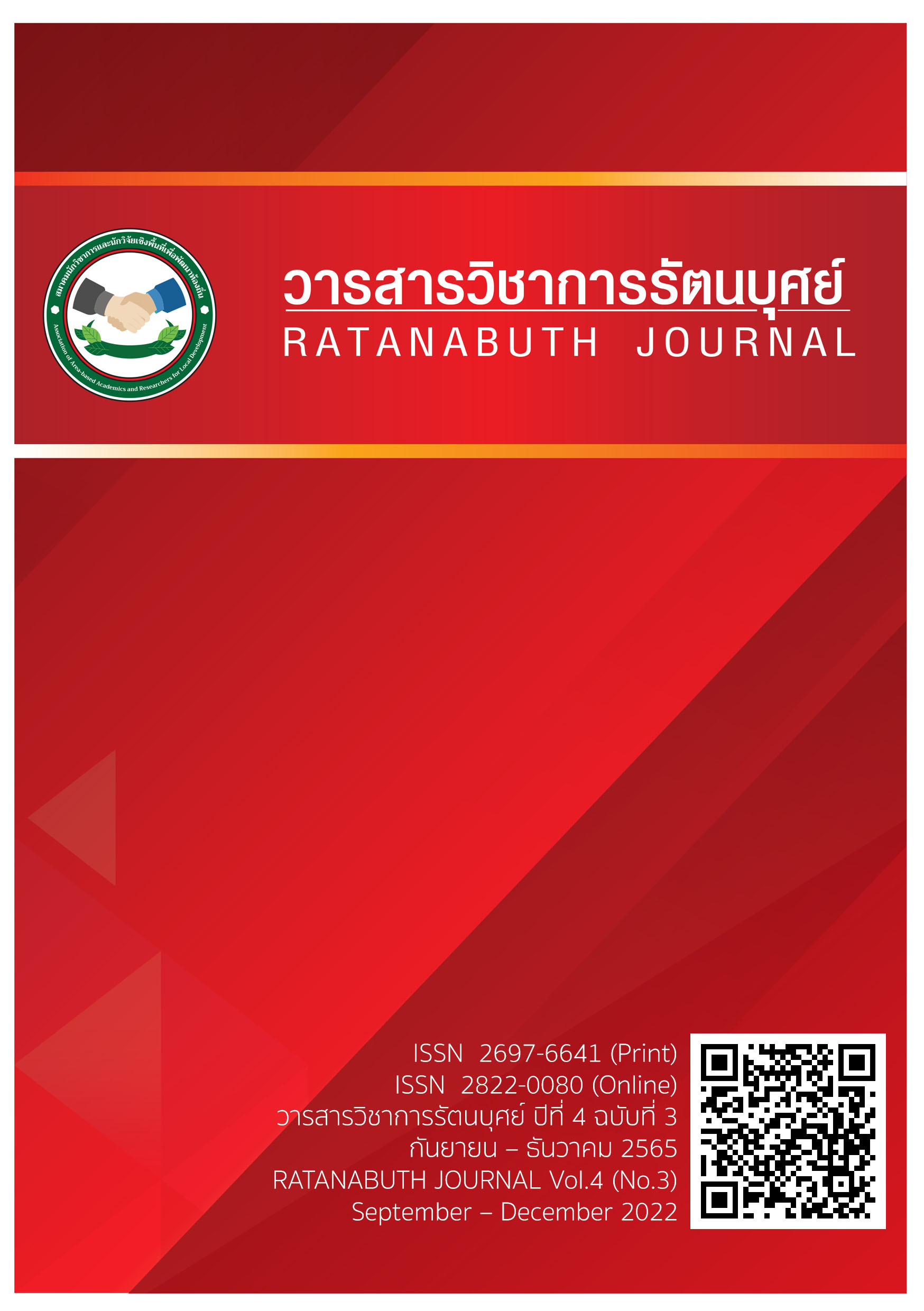The Traditional Chinese New Year Procession of The God and Goddess of Pak Nam Pho.The integration for the promotion of knowledge management for Social Studies, religion and culture for Navamindarajudis Matchim School Nakhon Sawan.
Main Article Content
Abstract
The purposes of this research are 1) to study Chinese New Year Festival and Chao Pho - Chao Mae Pak Nam Pho Procession Festival and 2) to develop Instructional Process by Using Historical Method 5 steps in Social Studies, Religion and Culture, Navamindarajudis Mathchim School, Nakhon Sawan. The research instrument used is qualitative research methodology. By studying the papers, survey methods, observations, group discussions and In-Depth interviews with 25 key informants, including local wisdom scholars, seniors, the organizing committee of Chinese New Year Festival and Chao Pho - Chao Mae Pak Nam Pho Procession Festival (Thao Nang), academics and the general publics who had known or participated in Chinese New Year Festival and Chao Pho - Chao Mae Pak Nam Pho Procession Festival (Thao Nang), amounting to 10 persons. The data analysis method is Analytic Induction. The results indicate that Chinese New Year Festival and Chao Pho - Chao Mae Pak Nam Pho Procession Festival, Pak Nam Pho Chinese New Year Festival, coincides with Forth Day in Chinese New Year (4th day of the 1st month according to the calendar). This day is the day that Chao Pho - Chao Mae Pak Nam Pho are brought out to parade around Pak Nam Pho Market, so that people of Pak Nam Pho people can worship for auspiciousness of life, family and business prosperity. And bringing the knowledge of Chinese New Year Festival and Chao Pho - Chao Mae Pak Nam Pho Procession Festival to integrate the learning management of Nakhon Sawan Education course. The results indicate that learning management of Chinese ethnic groups in Nakhon Sawan, History of Chinese New Year Festival and Chao Pho - Chao Mae Pak Nam Pho Procession Festival including the rituals and beliefs of the Chinese ethnic group through Historical Method 5 steps as follows. 1) Preliminary Research, 2) Formulating a working hypothesis, 3) Research evidence to support/reject hypothesis, 4) Formulate a thesis statement and 5) Writing a historical account. The results of learning management are good.
Article Details

This work is licensed under a Creative Commons Attribution-NonCommercial-NoDerivatives 4.0 International License.
References
กิตตินันท์ เครือแพทย์.(2564).บทวิเคราะห์การดำรงรักษาอัตลักษณ์วัฒนธรรมจีนในไทยผ่านสถาบันสำคัญทางสังคม An analysis of Chinese cultural identity conservation in Thailand through social institutions Received.สงขลา: มหาวิทยาลัยสงขลานครินทร์.
ในตะวัน กำหอม. (2559).การวิจัยประยุกต์ทางวัฒนธรรม เล่มที่ 2. กรุงเทพมหานคร:วิทยาลัยทองสุข.
พัชรี ดินฟ้า. (2557).ประเพณีแห่เจ้าพ่อ-เจ้าแม่ปากน้ำโพกับผลที่มีต่อการดำรงชีวิตของชาวไทยเชื้อสายจีนตำบลปากน้ำโพ อำเภอเมือง จังหวัดนครสวรรค์. พิฆเนศวร์สาร. 9(1), 129-142.
ฤทัยพรรณ ทองจับ. (2565).ประเพณีชักพระ : การบูรณาการเพื่อส่งเสริมการจัดการเรียนรู้กลุ่มสาระการเรียนรู้สังคมศึกษาศาสนาและวัฒนธรรมโรงเรียนบ้านคลองขุดสำนักงาน เขตพื้นที่การศึกษาประถมศึกษาสตูล.Journal of Roi Kaensarn Academi. 7(1), 253-272.
วัชรี เกณฑ์ปัญญา. (2551).การจัดทำแผนที่แหล่งการเรียนรู้ในท้องถิ่น เพื่อการเรียนการสอนกลุ่มสาระการเรียนรู้ภาษาไทย ในอำเภอดอยหล่อ จังหวัดเชียงใหม่.เชียงใหม่:มหาวิทยาลัยเชียงใหม่.
ศศิธร อินตุ่น. (2563). การบรูณาการภูมิปัญญาท้องถิ่น:การพัฒนาหลักสูตรภูมิปัญญาท้องถิ่น สำหรับจัดกิจกรรมเสริมทักษะในโรงเรียนประถมศึกษา อำเภอดอยหล่อ จังหวัดเชียงใหม่.เชียงใหม่:มหาวิทยาลัยราชภัฏเชียงใหม่.


